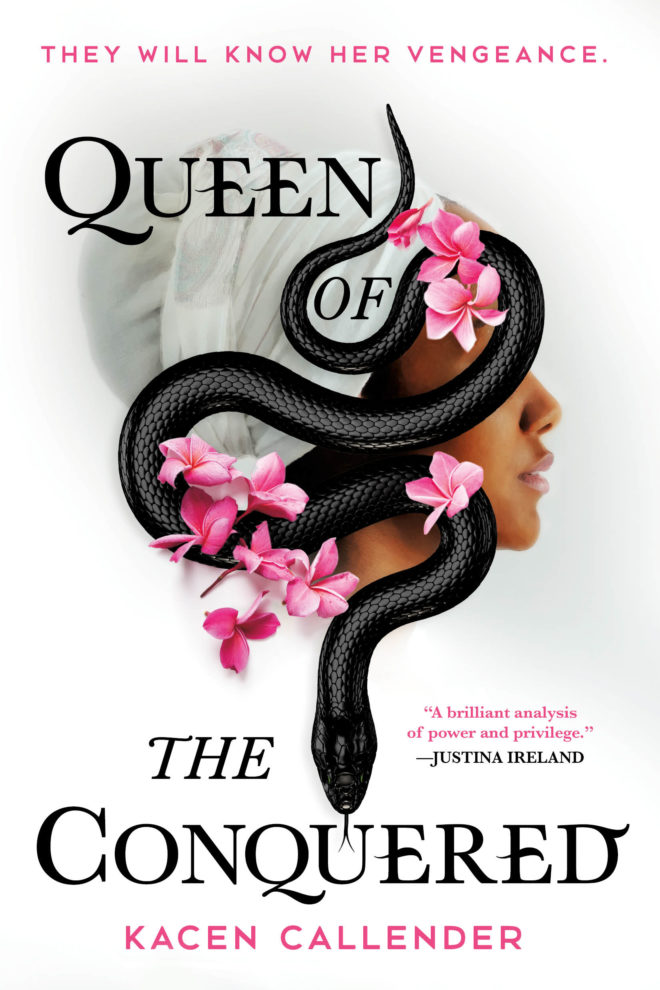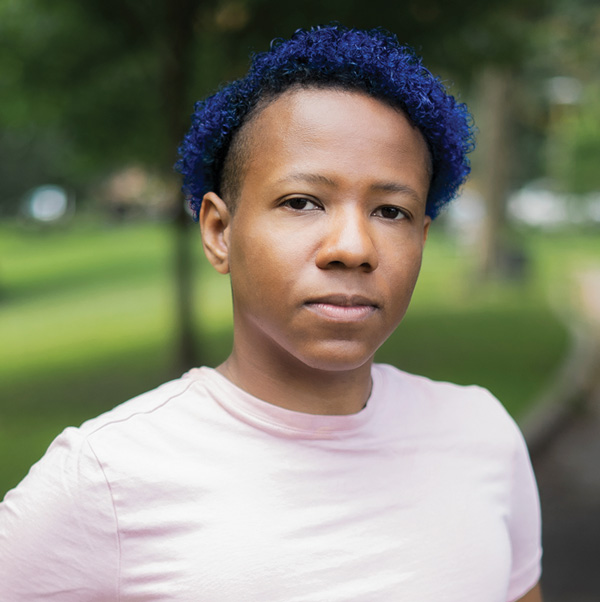
REVIEW: ‘Queen of the Conquered’ places black voice at center of new fantasy book series

Kacen Callender’s debut adult novel “Queen of the Conquered” transports readers to a Caribbean-like fantasy to follow one woman’s thirst for revenge. With the most significant legacies of the Americas – slavery, power, money and colonization – as the novel’s foundation, the stakes are higher and realistic than other stories in similar genres.
“Queen of the Conquered” follows Sigourney Rose as she seeks to avenge her slaughtered family while also reaching for the throne of an aging, childless king. This competition for the throne, in addition to the summer storm season, has led many of the people she is fighting against also wanting to be named the successor to meet together on the island of Hans Lollik. Although she intended to eliminate them herself, some unknown force is doing it faster.
Questionable protagonist
In most stories, where the line between avenge and revenge is blurry, the main character is morally questionable. Rose is no different, but with the added complexity of being the only black woman to hold power on land conquered by colonizers.
This power puts her at odds against her fellow natives and the colonizers. The way Rose is able to hold on to power is through the institution of slavery, making it so that ‘her’ people, the natives of Hans Lollik and the surrounding islands, see her as worse than a colonizer.
Equally, the colonizers feel threatened by her political power as a black woman. In their eyes, she should be a slave like the rest of the people who look like her. Rose is torn between to worlds in a way many might feel being mixed race, the black sheep of their family or even first-generation American in a family of immigrants.
This gives Callender the setting to explore the complex ideas of colorism, anti-blackness within black spaces, agency, self-preservation, belonging and classicism.
In addition to this power of wealth and title, she is an unmarried woman who is one of only of the few who possess a “kraft,” a magical ability, puts her at greater risk. Most people that wield a kraft are colonizers because natives of the islands must be put to death as they are seen as “unworthy.”
Rose’s doubts and mistrust of everyone helps readers lean in and sympathize with her attempt at perseverance through isolation. The way Rose uses her “kraft” of telepathy and telekinesis gives us a sense of boundaries or lack thereof. This also acts as a way of intimately distinguish characters before they have even spoken or acted.
Callender’s approach to writing Rose in this way makes even the most despicable characters more fleshed out and human when their wants, fears and intimate memories being revealed by Rose’s violations. These scenes parallel the lack of autonomy the enslaved native islanders have.

With “Queen of the Conquered” placed in a patriarchal, colonized world that has built its wealth off the backs of enslaved people of color, it feels very familiar. The main difference is seeing this through the eyes of a black woman with incredible privilege and her magical abilities.
Worldbuilding and real-life locations
A lack of education about U.S. territories and unfamiliarity with Dutch words can make for some challenging moments for the readers.
Though the island-hopping throughout the story sometimes gets confusing, this book provides a handy and beautifully illustrated map. This weather-worn map is helpful in understanding the physical space between these families’ individual islands and plantations, which strengthens one’s understanding of tactics by both the colonizers and the tremors of enslaved people revolting.
Like other fantasy novels, the names of locations, titled and other words come easier with time. Hans Lollik, an important location of “Queen of the Conquered,” is located in the U.S. Virgin Islands, where Callender is from.
This book is worth picking up if one is a fan of historical fiction with calculated power grabs (looking at you “Game of Thrones” fans), fantasy that touch on both class and magic (yes, you too, fans of “Harry Potter” or “Dread Nation”) or even horror, murder mystery.
Book one of the “Islands of Blood and Storm” series, “Queen of the Conquered,” published Nov. 12. To read a sample of this “Queen of the Conquered,” check out OrbitBooks.net.
